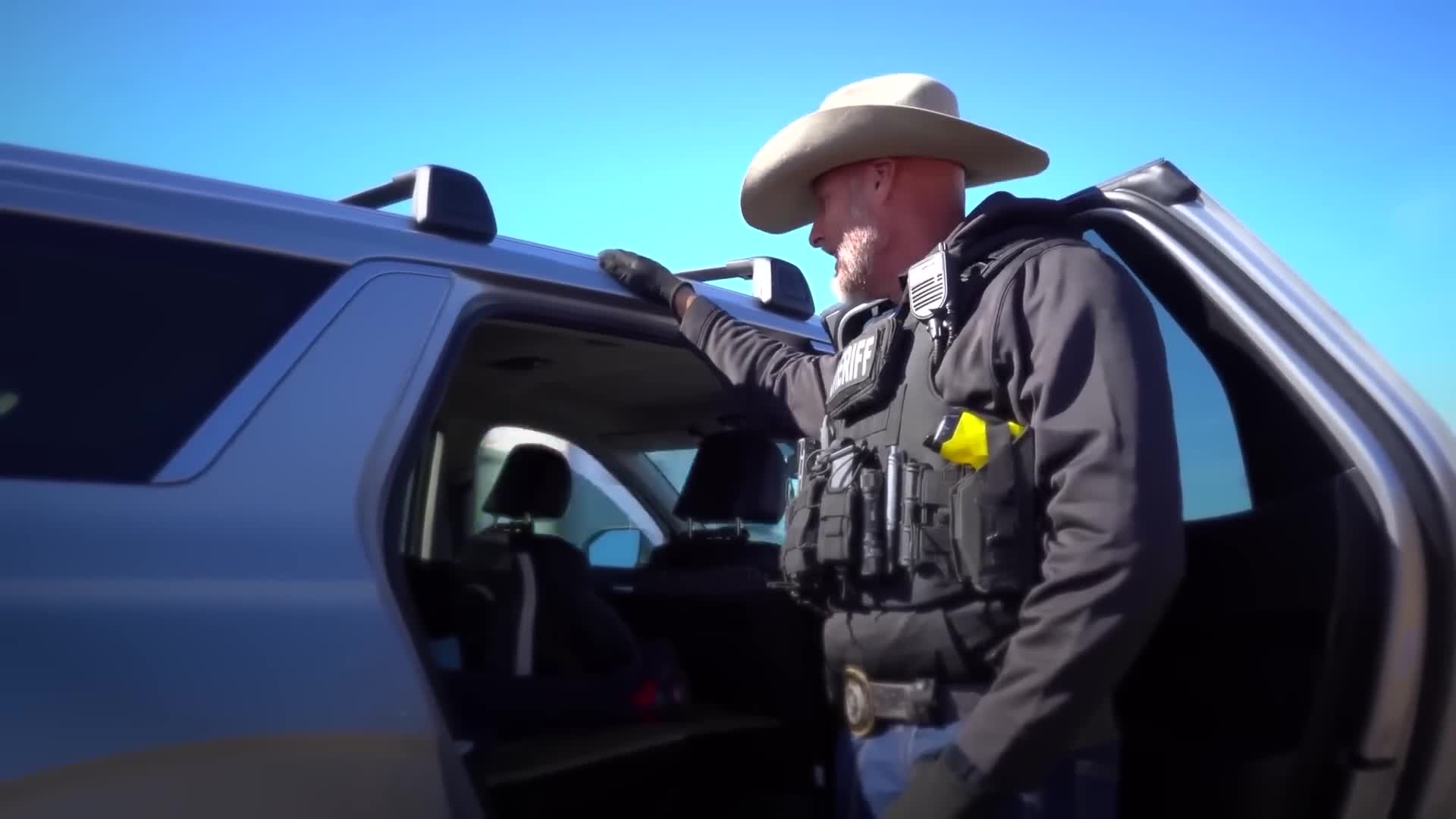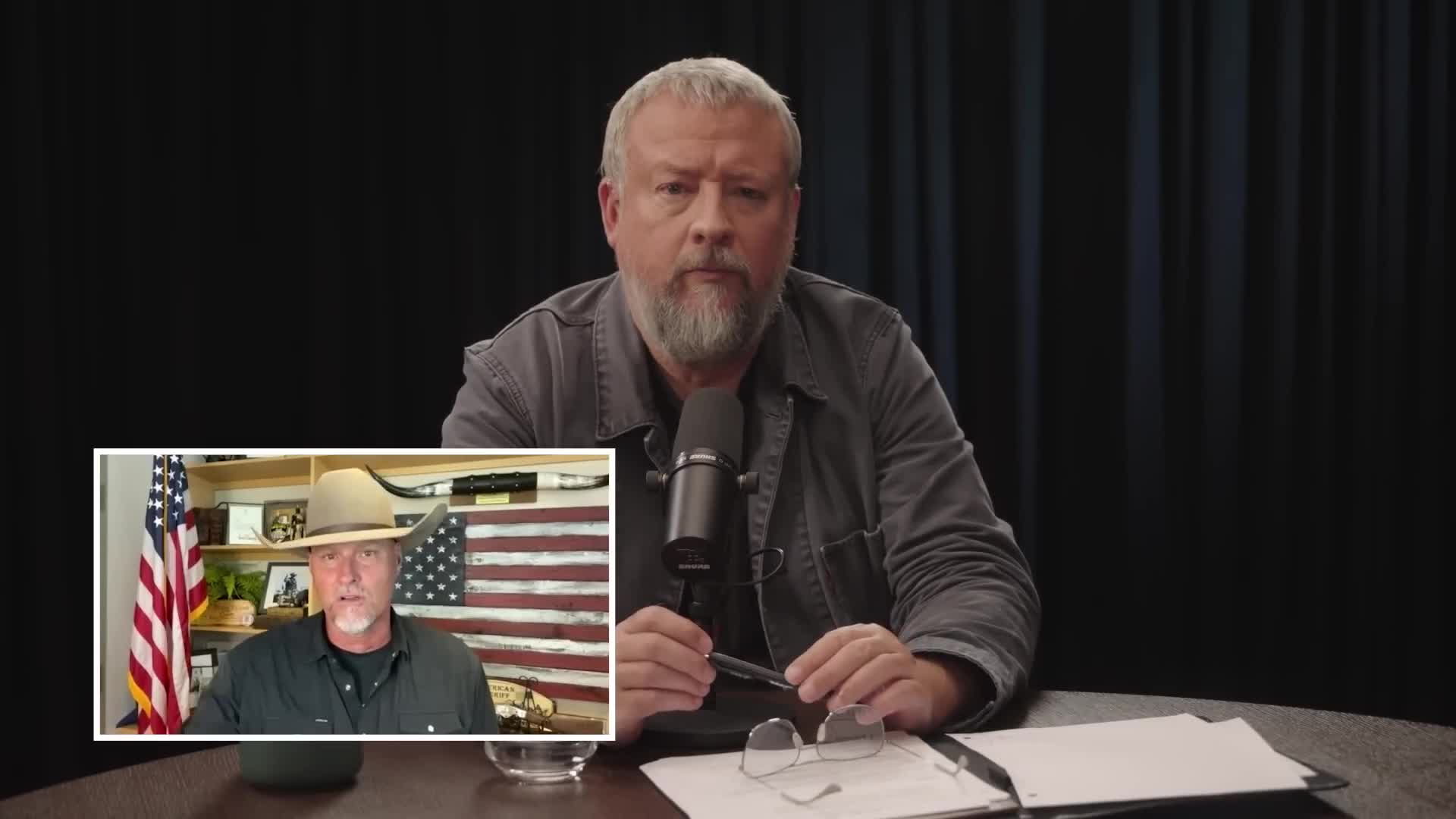US-Mexico Border
How do drug cartels utilize sophisticated infrastructure and what challenges do Border Patrol agents face in combating cross-border smuggling operations?
Drug cartels employ highly sophisticated methods to smuggle narcotics across the US-Mexico border, including the construction of elaborate underground tunnel systems capable of transporting tons of cocaine into the United States. These operations represent a significant technological and logistical challenge for law enforcement agencies. Border Patrol agents, with decades of experience like the 21-year veteran featured, face complex operational constraints in addressing these smuggling networks. The institutional structure of Border Patrol limits direct communication with media, requiring union representatives to serve as spokespersons to share critical insights about border security challenges. The scale and sophistication of cartel operations, combined with political complexities surrounding immigration policy, create ongoing difficulties for enforcement agencies attempting to secure the border and disrupt these lucrative smuggling enterprises.
Watch clip answer (00:17m)What is the difference between migrants seeking asylum and 'gotaways' at the U.S.-Mexico border?
The key distinction lies in how individuals interact with border authorities upon crossing. Asylum seekers voluntarily surrender to Border Patrol agents and formally request protection, entering the legal immigration system where they can remain in the United States while their cases are processed through the courts. In contrast, "gotaways" are individuals who deliberately evade detection and capture by border authorities. These people cross the border illegally and either avoid contact entirely or, in some cases, may initially register but then flee by removing tracking devices like ankle bracelets and disappearing into the country. This distinction is crucial for understanding border security challenges, as gotaways represent unknown individuals who have successfully bypassed immigration control systems, raising both security concerns and complicating efforts to manage immigration flows effectively.
Watch clip answer (00:43m)What is the most significant threat to American lives today, and how does it compare to traditional forms of terrorism?
According to Sheriff Mark Lamb, fentanyl poisoning has become the number one cause of death for Americans aged 18 to 45, claiming over 100,000 lives annually. This drug crisis represents a more deadly threat than any army or terrorist organization has ever posed to Americans, as it kills more people without firing a single shot or detonating a bomb. The crisis operates through a complex international network where China produces precursor chemicals, which are then processed by Mexican cartels and distributed throughout American communities. Sheriff Lamb draws parallels to historical conflicts like the opium wars of 1893, suggesting this represents a modern form of warfare targeting American citizens through deliberate drug distribution rather than conventional military means.
Watch clip answer (01:20m)What challenges are law enforcement officials facing due to the current migrant surge at the U.S.-Mexico border?
Sheriff Mark Lamb from Pinal County, Arizona provides firsthand insight into the significant challenges law enforcement faces during the current border crisis. As emergency situations like the one declared in Eagle Pass, Texas become more common, sheriffs and border officials are dealing with unprecedented numbers of both legal and illegal crossings that strain resources and personnel. The concept of "gotaways" - migrants who successfully evade apprehension - represents a particularly complex challenge for border security. These individuals create additional security concerns as they bypass the legal immigration process entirely, making it difficult for authorities to track and manage the situation effectively. The surge directly impacts counties along the border path, forcing local law enforcement to adapt their strategies and allocate resources to address both the humanitarian aspects and security implications of increased migration flows.
Watch clip answer (00:26m)What is the current scale of the migrant crisis at the U.S.-Mexico border and why is it significant for upcoming elections?
The migrant crisis at the U.S.-Mexico border has reached unprecedented levels, with experts reporting approximately 10,000 illegal crossings per day during peak periods. These staggering numbers represent a significant escalation in border security challenges that involve complex interactions between immigration policies, law enforcement capabilities, and cartel influences. This crisis has become a pivotal political issue with major implications for upcoming elections. The scale of daily crossings has intensified political discourse around immigration reform and border security measures. Experts, politicians, and law enforcement agencies are highlighting the urgent need for comprehensive solutions to address both the humanitarian aspects and national security concerns associated with this ongoing situation.
Watch clip answer (00:20m)What is the difference between open and closed borders, and why is this distinction important to understand in immigration policy discussions?
The distinction between open and closed borders is often misunderstood in public discourse due to the highly politicized nature of immigration debates. Many people assume that an "open border" literally means opening gates and allowing unrestricted mass entry, but this oversimplified view doesn't reflect the complex realities of border management and immigration policy. Understanding these nuances is crucial because the terminology shapes public perception and policy discussions. The actual implementation of border policies involves various degrees of control, processing procedures, and legal frameworks that exist on a spectrum rather than simple binary categories. This misunderstanding contributes to the polarized debates surrounding one of America's most contentious political issues, especially as the 2024 election approaches.
Watch clip answer (00:16m)




